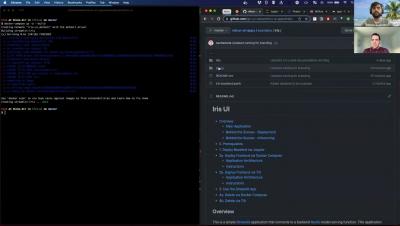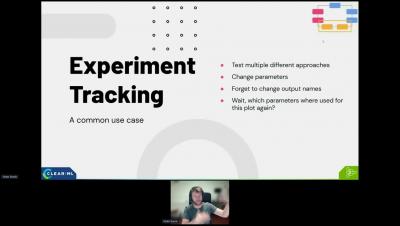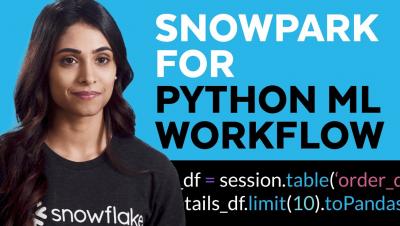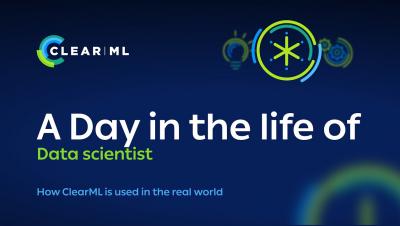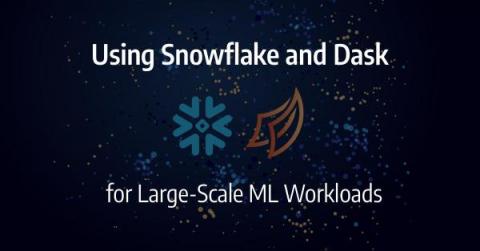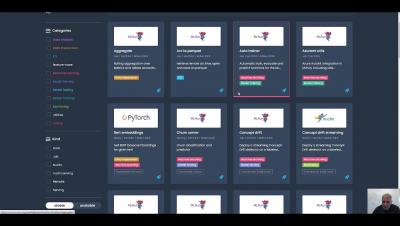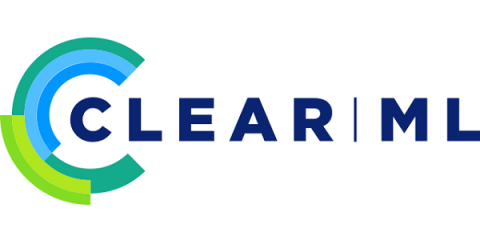Systems | Development | Analytics | API | Testing
Machine Learning
[MLOPS] the importance of experiment tracking and data tracability
Hyperparameter Optimization (A Real-Life Use Case)
This is part 3 of our 3-part Hyperparameter Optimization series, if you haven’t read the previous 2 parts where we explain ClearML’s approach towards HPO, you can find them here and here. In this blog post, we will focus on applying everything we learned to a “real world” use case.
[MLOPS] From GTC22: A journey towards building a scalable AI serving solution
Using Snowpark As Part Of Your Machine Learning Workflow
Improving a day in the life of: Data Scientist - How ClearML is actually used.
Using Snowflake and Dask for Large-Scale ML Workloads
Many organizations are turning to Snowflake to store their enterprise data, as the company has expanded its ecosystem of data science and machine learning initiatives. Snowflake offers many connectors and drivers for various frameworks to get data out of their cloud warehouse. For machine learning workloads, the most attractive of these options is the Snowflake Connector for Python.
MLRun Tutorial: How to build machine learning projects & deploy them to production with MLRun
6 Reasons Why Python Is Best for Apps Using AI, ML and Data Analytics
There are a variety of technology stacks for Artificial intelligence (AI), Machine learning (ML) and data analytics applications. However, the ideal programming language for AI must be powerful, scalable and readable. All three conditions are met by the Python programming language. With outstanding libraries, tools and frameworks for AI, ML and data analytics, Python has proven success leveraging all three technologies.
Cloud vendor's MLOps or Open source?
If someone had told my 15-years-ago self that I’d become a DevOps engineer, I’d have scratched my head and asked them to repeat that. Back then, of course, applications were either maintained on a dedicated server or (sigh!) installed on end-user machines with little control or flexibility. Today, these paradigms are essentially obsolete; cloud computing is ubiquitous and successful.


